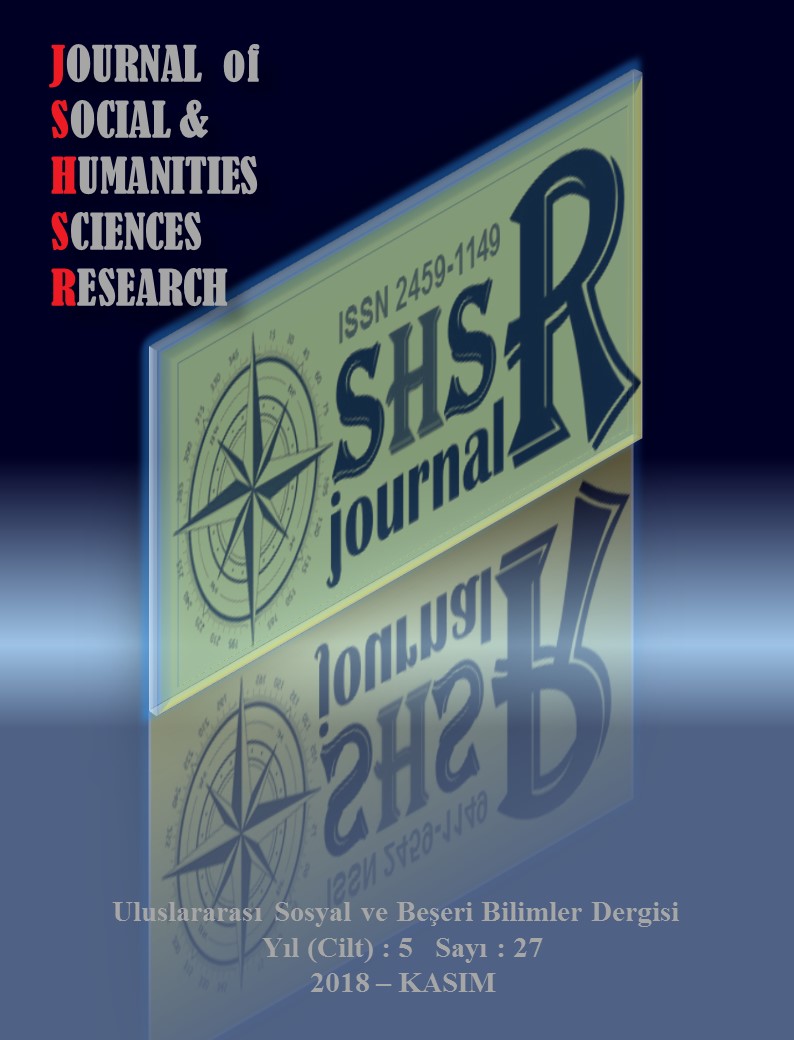THE DROUGHT IN FEBRUARY BETWEEN 1989 AND 2017 IN TERMS OF ITS RELATION TO THE ATMOSPHERIC CIRCULATION IN TURKEY AND THEIR SOCIO-ECONOMIC RESULTS
DOI:
https://doi.org/10.26450/jshsr.637Keywords:
Drought, Winter, Precipitation, AtmosphereAbstract
As Turkey is located in the Mediterranean climate zone of the temperate zone, annual maximum precipitation is seen mostly in winter in many parts of Turkey. When the monthly precipitation values of Turkey in the previous years were examined, it was determined that the February precipitation averages between 1989 and 2017 were far below the long-term (1970-2017) annual February averages. The atmospheric air circulation of these two years is, certainly, controlled by many factors. The atmospheric circulation caused by the pressure variations in the Azores and the Iceland region is the most important factor for the current synoptic view. For this reason, the atmospheric cycles and NAO indices in Europe were examined., Since the arctic cyclones in Central-North Russia middle latitudes has an active density in the north of the Balkan Peninsula due to the Azores high pressure, which was effective in 1989 around Germany, there was a significant decrease in the winter precipitation in the Aegean, Mediterranean, and Southeastern Anatolia regions of Turkey. In 2017, the Azores High Pressure was located in the Central Mediterranean and it blocked the mid-latitude cyclones that may come from the north and prevented the precipitation to reach Turkey. In addition, the fact that the NAO index values of February months of the years between 1989 and 2017 were positive- strong positive is related to the drought in these periods. The drought observed in these periods was effective in many fields, especially in agricultural production and water resources
Downloads
Published
How to Cite
Issue
Section
License
Copyright (c) 2018 INTERNATIONAL JOURNAL OF SOCIAL HUMANITIES SCIENCES RESEARCH

This work is licensed under a Creative Commons Attribution 4.0 International License.


